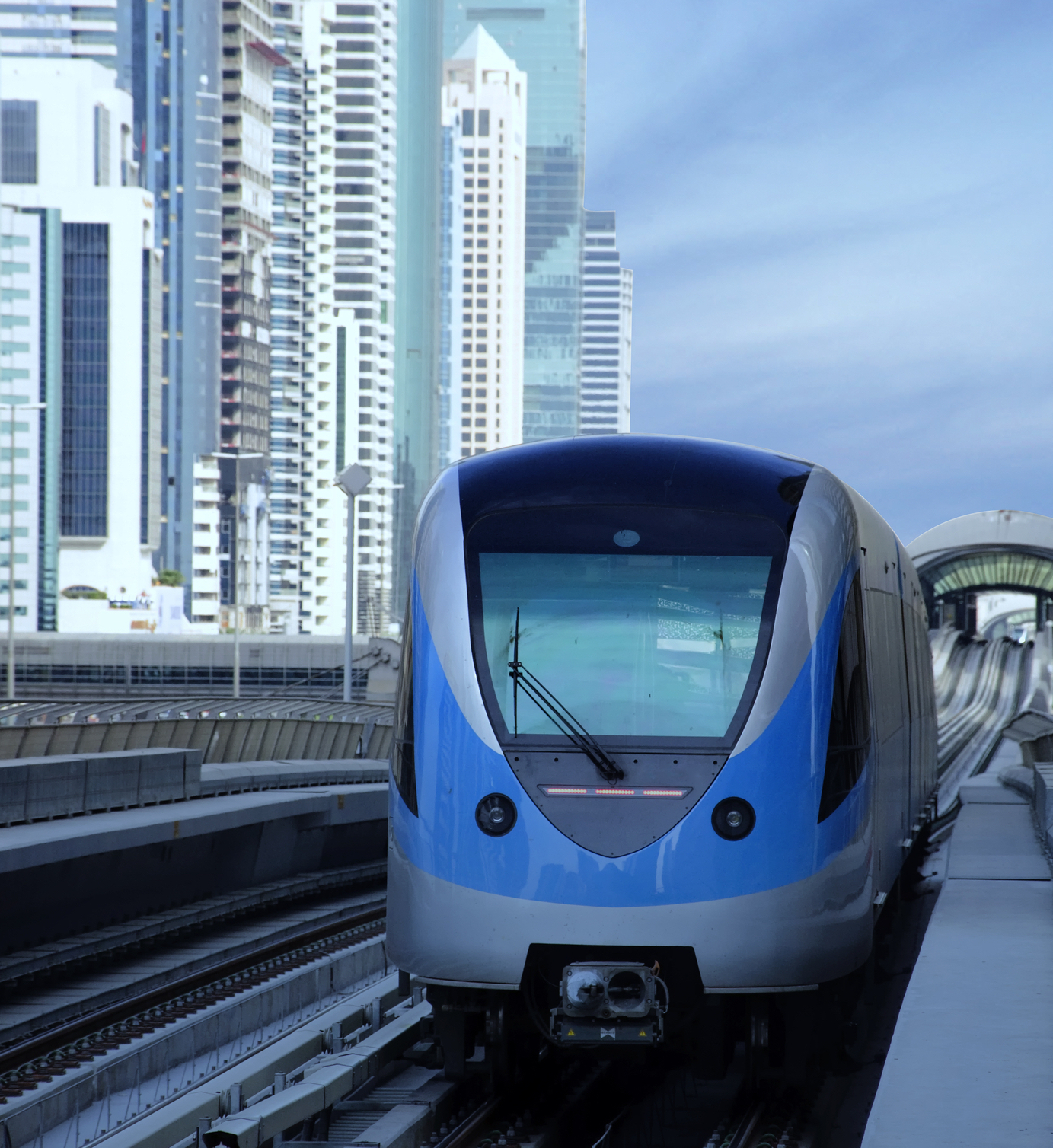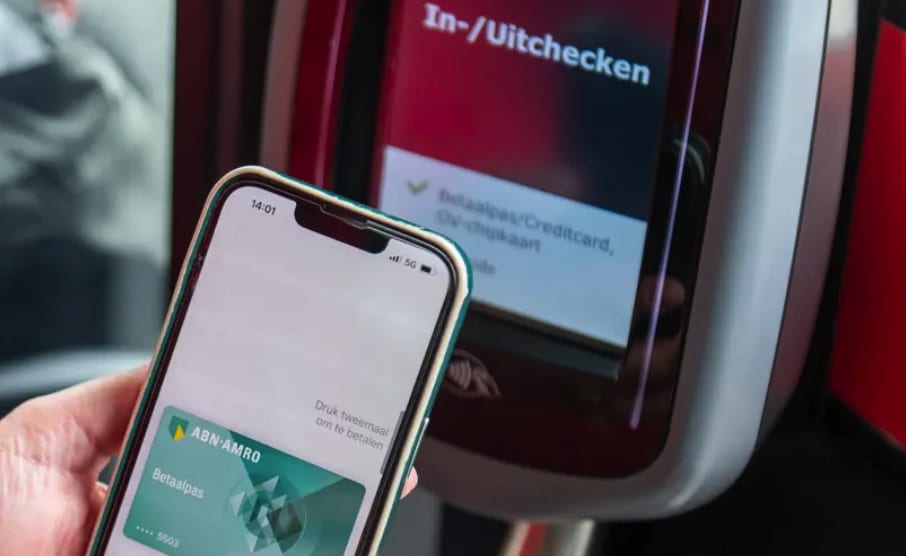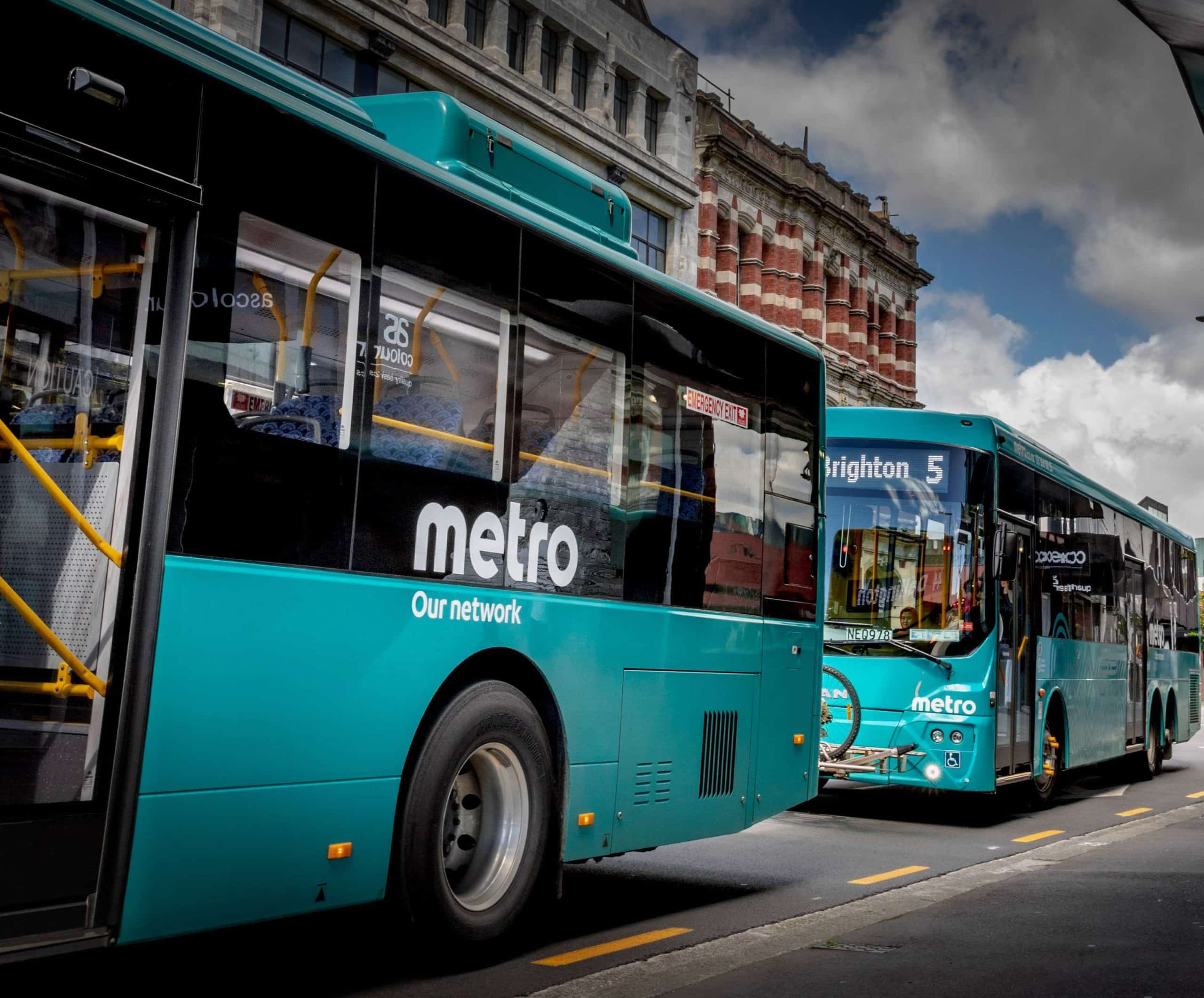
Article Highlights
The December launch of the agency’s “nol” card on Huawei devices and planned expansion to other OEMs makes RTA one of the latest transit agencies to enable NFC mobile fare payments with closed-loop cards. Apple in particular has been active in recent months in adding closed-loop cards, in such cities as Los Angeles, Chicago and Washington, D.C.
In 2020, RTA said it served just under 114 million riders on the Dubai Metro, which was down because of the pandemic. In a normal year, it serves 650,000 riders per day on the metro.
• RTA
• Apple
• Huawei
• NXP Semiconductors
Dubai’s Roads and Transport Authority, or RTA, which in December first launched mobile fare payments with a digital version of its closed-loop card in Huawei smartphones, says it plans to expand the service to other OEMs, including Apple and Samsung.

















